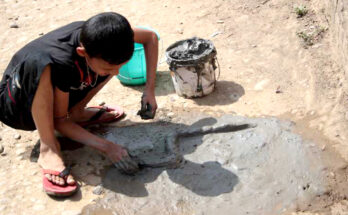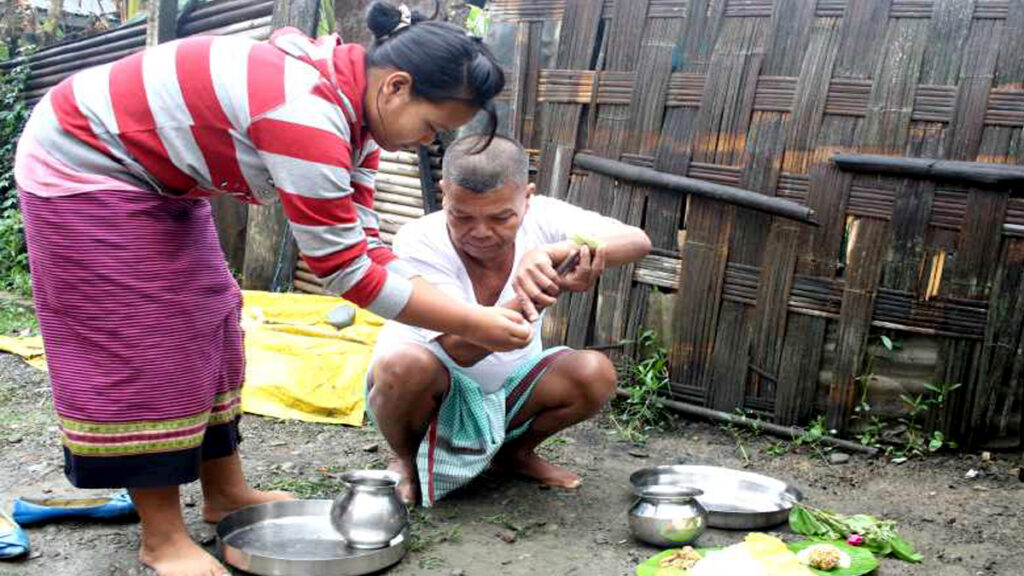
Philippines Braces for Scorching Heatwave: Schools Shut Down as Government Issues Health Alert

Schools Shut Down as Government Issues Health Alert
Introduction:
As temperatures soar to unprecedented levels across the Philippines, authorities are grappling with the challenges posed by an intense heatwave that has prompted widespread disruptions and health concerns. With schools forced to close their doors and the government issuing a health alert, communities are mobilizing to cope with the sweltering conditions and mitigate the impact of the scorching heat on public health and safety. In this in-depth news article, we delve into the causes, consequences, and response to the heatwave gripping the Philippines, shedding light on the urgent measures being taken to protect citizens from the blistering heat.
1: Understanding the Heatwave Phenomenon
1.1 Unprecedented Heatwave:
- The Philippines is currently experiencing an unprecedented heatwave, with temperatures soaring well above normal levels across the archipelago.
- According to meteorological experts, the heatwave is attributed to a combination of factors, including the presence of a high-pressure system, clear skies, and reduced cloud cover, exacerbating heat accumulation and intensifying solar radiation.
1.2 Impact on Public Health:
- The prolonged exposure to extreme heat poses serious health risks, including heat exhaustion, heatstroke, dehydration, and exacerbation of pre-existing medical conditions.
- Vulnerable populations such as children, the elderly, pregnant women, and individuals with chronic illnesses are particularly susceptible to heat-related illnesses and require special attention and care during heatwaves.
2: Government Response and Measures
2.1 School Closures:
- In response to the escalating heatwave, authorities have ordered the closure of schools and educational institutions across the Philippines to protect students and staff from the adverse effects of extreme heat.
- The decision to suspend classes aims to prevent heat-related illnesses, ensure the safety and well-being of students, and minimize exposure to outdoor activities during peak heat hours.
2.2 Health Advisory and Precautionary Measures:
- The Philippine government has issued a health advisory urging citizens to take precautionary measures to cope with the heatwave and minimize health risks.
- Recommendations include staying hydrated by drinking plenty of water, avoiding prolonged exposure to the sun, wearing lightweight and breathable clothing, seeking shade or air-conditioned spaces, and taking frequent breaks in cool environments.
3: Community Response and Adaptation
3.1 Public Awareness Campaigns:
- Community organizations, non-governmental agencies, and local authorities are launching public awareness campaigns to educate citizens about the dangers of extreme heat and promote preventive measures.
- Through social media, radio broadcasts, and community outreach programs, efforts are underway to disseminate information about heatwave preparedness, heatstroke symptoms, and emergency response protocols.
3.2 Provision of Cooling Centers:
- To provide relief from the sweltering heat, some municipalities are establishing cooling centers and public facilities where residents can seek refuge and access air-conditioning and hydration facilities.
- These cooling centers serve as safe havens for vulnerable populations, offering respite from the heat and reducing the risk of heat-related illnesses and emergencies.
4: Climate Change Implications
4.1 Climate Change Linkages:
- The heatwave gripping the Philippines underscores the growing impact of climate change on extreme weather events and temperature variability.
- Scientists warn that rising global temperatures, changes in weather patterns, and increasing frequency and intensity of heatwaves are consistent with climate change projections, highlighting the urgent need for mitigation and adaptation measures.
4.2 Call for Climate Action:
- Environmental advocates and policymakers are calling for urgent action to address the root causes of climate change and mitigate its adverse effects on vulnerable communities.
- From reducing greenhouse gas emissions and transitioning to renewable energy sources to implementing climate-resilient infrastructure and disaster preparedness measures, concerted efforts are needed to safeguard the planet and protect future generations from the impacts of climate change.
Conclusion:
As the Philippines grapples with an unprecedented heatwave, authorities, communities, and citizens are mobilizing to confront the challenges posed by extreme heat and safeguard public health and safety. By closing schools, issuing health advisories, promoting public awareness, and providing cooling centers, efforts are underway to mitigate the impact of the heatwave and protect vulnerable populations from heat-related illnesses and emergencies. However, as climate change continues to drive extreme weather events and temperature extremes, sustained action and collaboration are needed to build resilience, adapt to changing climate conditions, and ensure a sustainable and resilient future for all.
Philippines Braces for Scorching Heatwave: Schools Shut Down as Government Issues Health Alert Read More


















